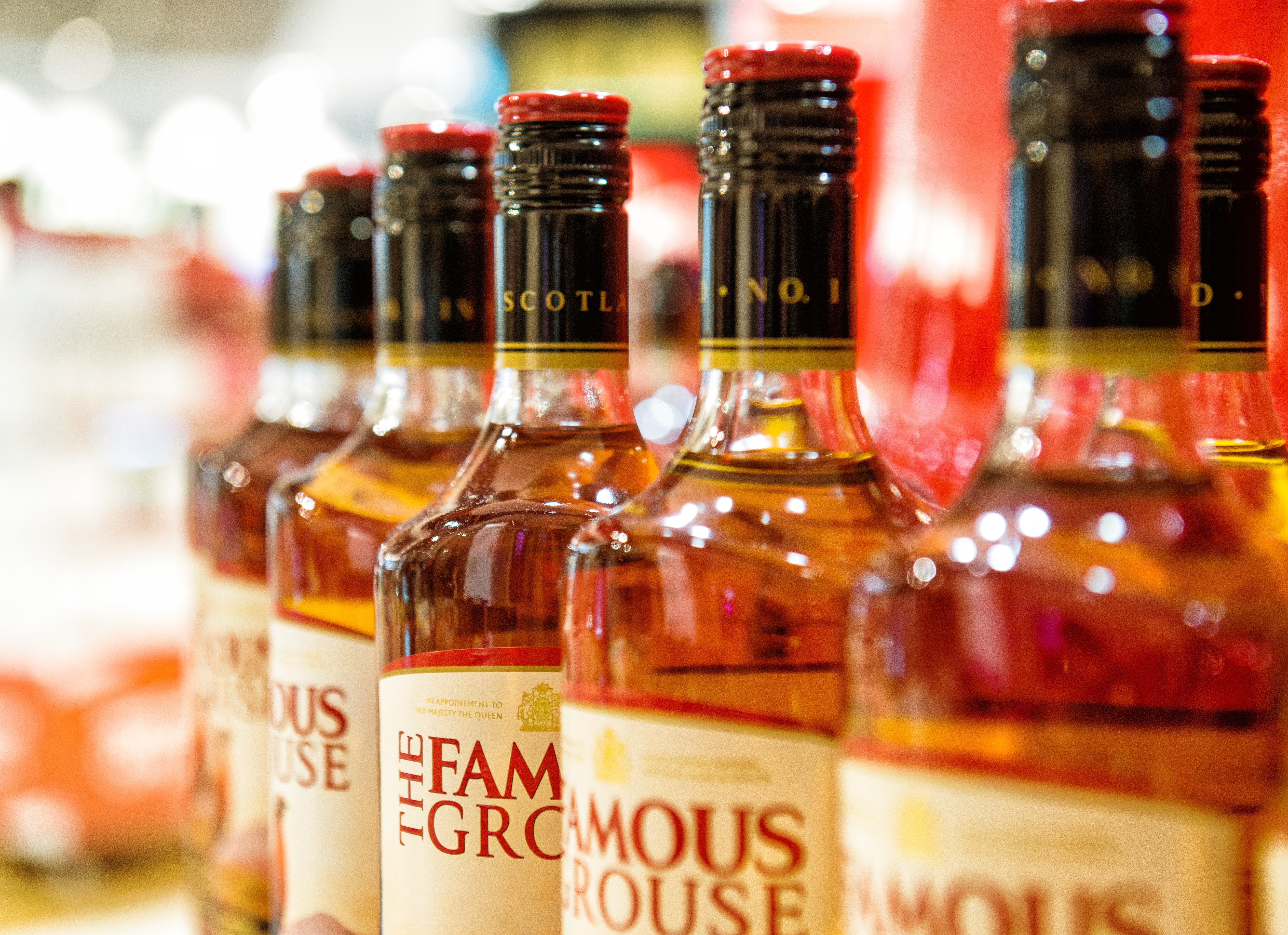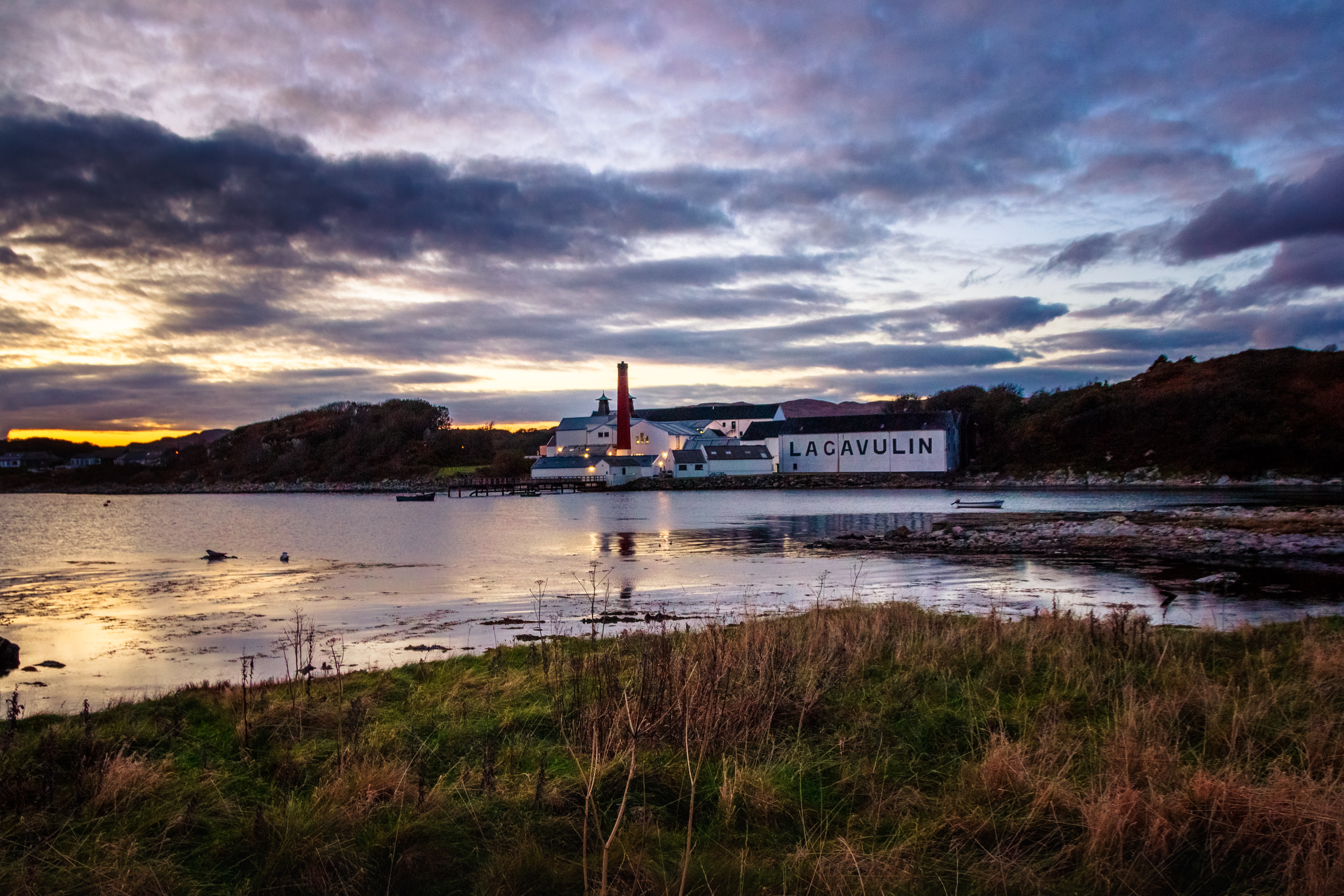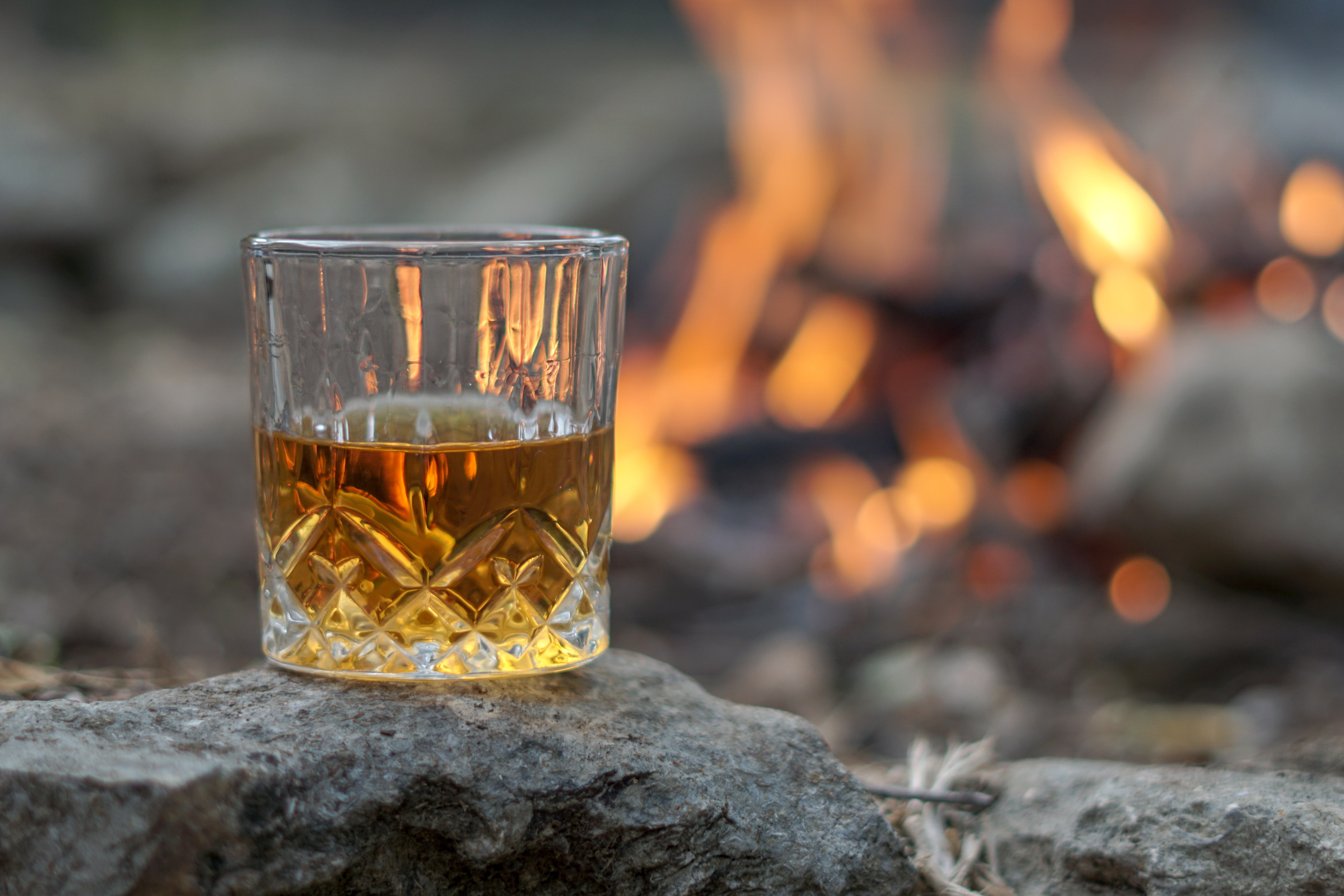The idea of what is and isn’t a “blended whiskey” should be very straightforward. But in reality, things aren’t as simple as we’d all like to think. Yes, labeling something a “blended” whisk(e)y means something very specific. But, at the same time, that doesn’t imply that everything else comes from a single barrel of booze. For the uninitiated, when they hear about their favorite single malts or small-batch straight ryes come from a blending of the best variously aged barrels in the rickhouse, things get confusing … and, rightfully so.
In the simplest of terms, a “blended” whiskey — which is what most of the world drinks — is a blend of whiskeys that are from different distillations of different grains/mash bills from different barrels of varying ages and sometimes even whiskeys from different distilleries all together. On the flip side, every single bottle of whiskey that is not a “single barrel” expression is a blend of often hundreds of barrels too. But, the main difference is that those barrels come from the same grain/mash bill or even the same distillation and are the same style of whiskey. So that rare small-batch bottle of bourbon you’re drinking is still a straight bourbon, even if the final expression is a blend of, say, six, nine, and 14-year-old barrels of the same whiskey.
Those whiskeys are never considered a “blended whiskey.” Confused yet?
Look, a lot of this is semantics — invented by people to classify whiskey varieties in specific ways. Still, it’s good to get a base knowledge of why whiskey is labeled “blended” and why and which whiskeys are not. So let’s break down what those labels mean.
Blended Whisk(e)y

As mentioned above, a whiskey labeled as “blended” is a whiskey that’s a mix of different types of whiskey from different grains, sometimes from different distilleries, and of varying ages. This has a slightly different meaning when we’re talking scotch versus Canadian versus Irish whiskey, but that’s the gist.
Let’s breakdown what this really means in each region.
- In Scotland, a blended Scotch whisky “means a blend of one or more single malt Scotch whiskies with one or more single grain Scotch whiskies,” according to the 2009 Scotch Whisky Regulations. These regulations also allow for caramel coloring to be added to the final product. In short, brands like Johnnie Walker will source single malts from all over Scotland and blend them into, well, Johnnie Walker. Sometimes, there’s a secondary or finishing-aging process. Sometimes not.
- In Ireland, blended Irish whiskey is a blend of two or more different whiskey types among the pot still, malt, and grain whiskey categories, according to Ireland’s Department of Agriculture, Food and the Marine. Most Irish whiskey is “blended” unless it says “single pot still” or “single grain.” Case in point, standard Jameson is “a blend” of malted barley, unmalted barley, and grain whiskey (corn in this case). That juice is then aged in ex-bourbon and ex-sherry casks and blended into a final product.
- In Canada, blended whiskies are the norm. Canadian whisky is often a blend of multiple grain spirits from varying barreling programs but mostly from the same distillery but not always. It’s very common for whiskey labels to pull their juice from huge manufacturers like Alberta Distillers and finish the whisky aging in-house or just straight up bottle it as is (this is a common source of “American” whiskey too). The best example of a great Canadian blend is Crown Royal. That whisky is a blend of 50 different types of whisky from various grains and barrel programs. That may seem like a lot. But, consider this — Crown Royal’s rickhouse in Manitoba has over one-million barrels of juice aging.
- In the U.S., American blended whiskey is a little more tightened than up north in Canada. If it’s labeled “American Blended Whiskey,” then what’s in the bottle will have no more than 20 percent of a single straight whiskey (rye, bourbon, whatever). If the bottle is labeled “Blended Bourbon Whiskey” for example, that bottle will have no less than 51 percent straight bourbon in the blend. Both whiskeys are allowed coloring and flavoring agents. But, a blended bourbon or blended rye is not allowed to have a neutral spirit added whereas a standard blended whiskey can have that neutral spirit in there to amp up the ABVs on the cheap (this is true of many blends regardless of region).
Straight Whiskey/Single Malt/Etc.

Let’s cut to the chase here. Unless your bottle of whisk(e)y is labeled “single barrel” (or “single cask”), it has come from multiple barrels. The main difference is this: single malt, straight whiskey, and small-batch expressions are a blending of the same whiskey from the same distillery even if it has aged for different lengths of time.
Let’s take Talisker Skye as an example. That expression is a single malt whisky — that means it’s made exclusively from malted barley at one distillery. That juice is then aged in both toasted oak and ex-bourbon barrels. When it’s just right, the whisky from those barrels is blended to an exact point and bottled. But since we’re talking about the exact same distillate from the same distillery of the same grain, it’s not a blend.
This is also true with your favorite straight bourbons or straight ryes. Booker’s is famous for releasing special batch straight bourbons every year. Their last batch from 2019 was a blend of single date straight bourbon barrels from three different floors in two separate rickhouses. Those barrels were blended to make a fabulous straight bourbon whiskey.
What Isn’t Blended?

In reality? Everything labeled “single barrel” and that’s sort of it.
Still, over the years, regulations have been put in place to denote what is a blended whisk(e)y and what is not, legally. If it is a whiskey from multiple grain distillations, aging, and even distillery sources, it’s blended. If it’s a whiskey that blends the same whiskey from barrels that have been aged varying lengths, it’s not (technically speaking) a blend.








